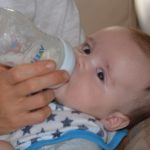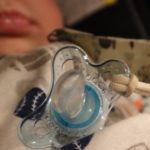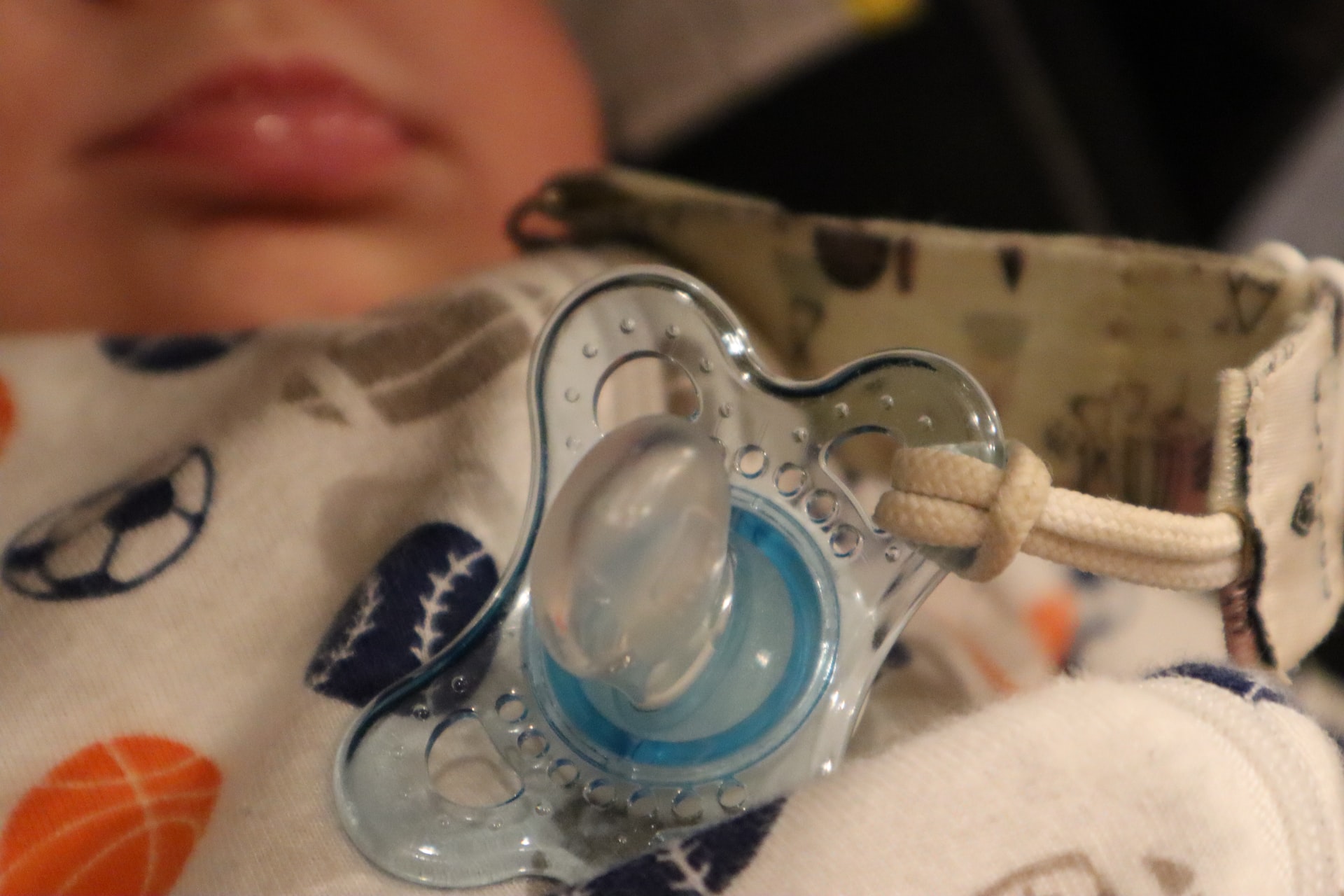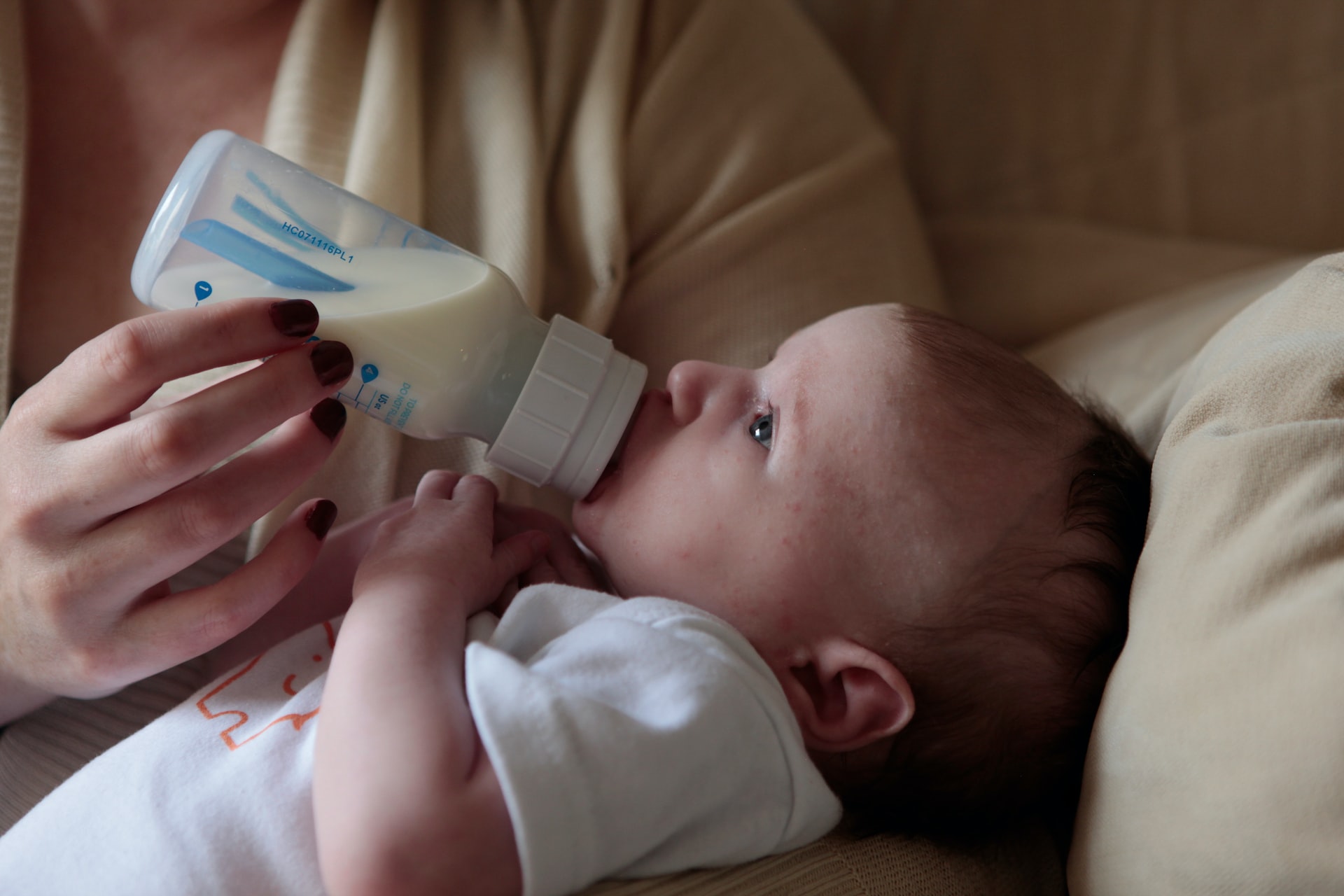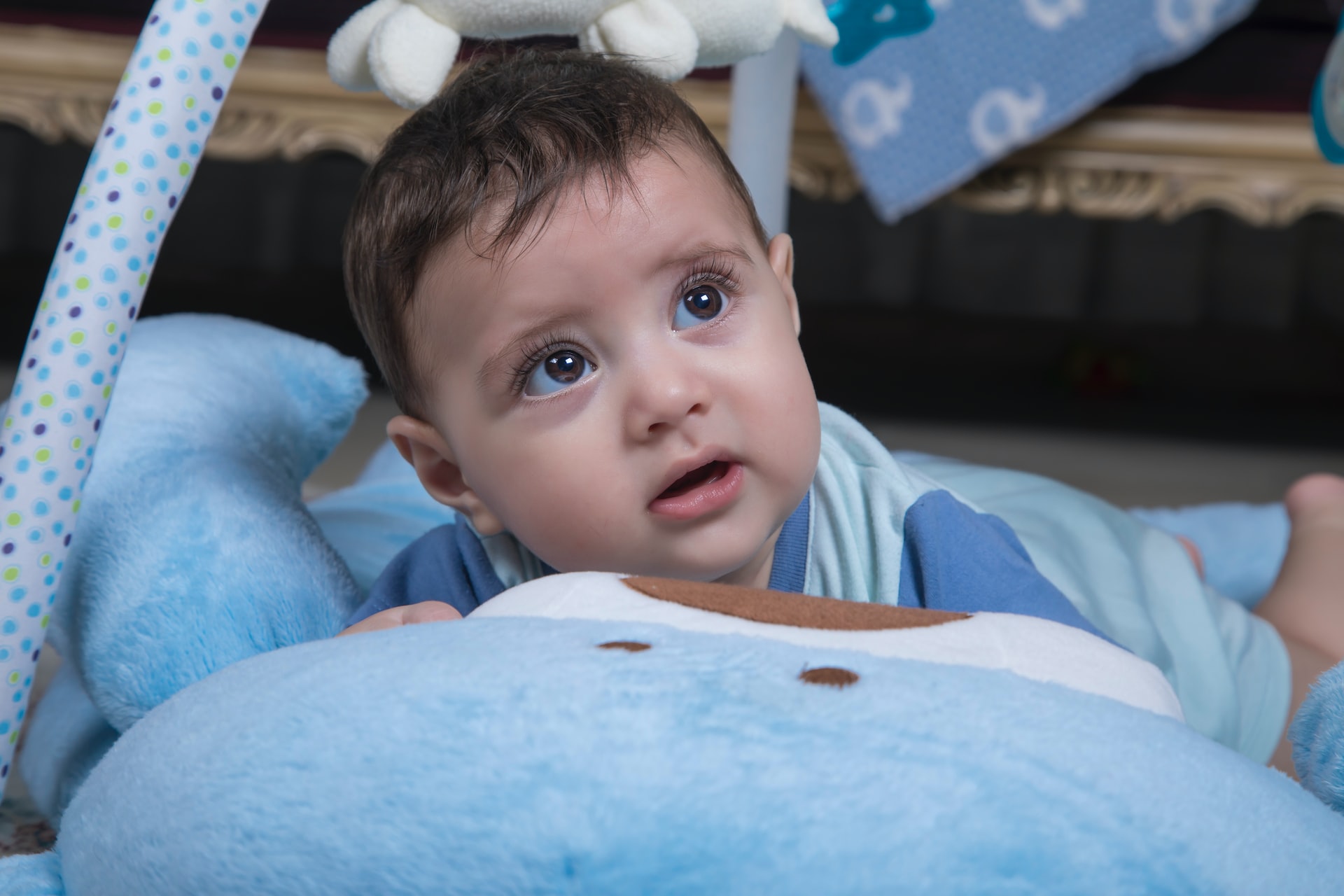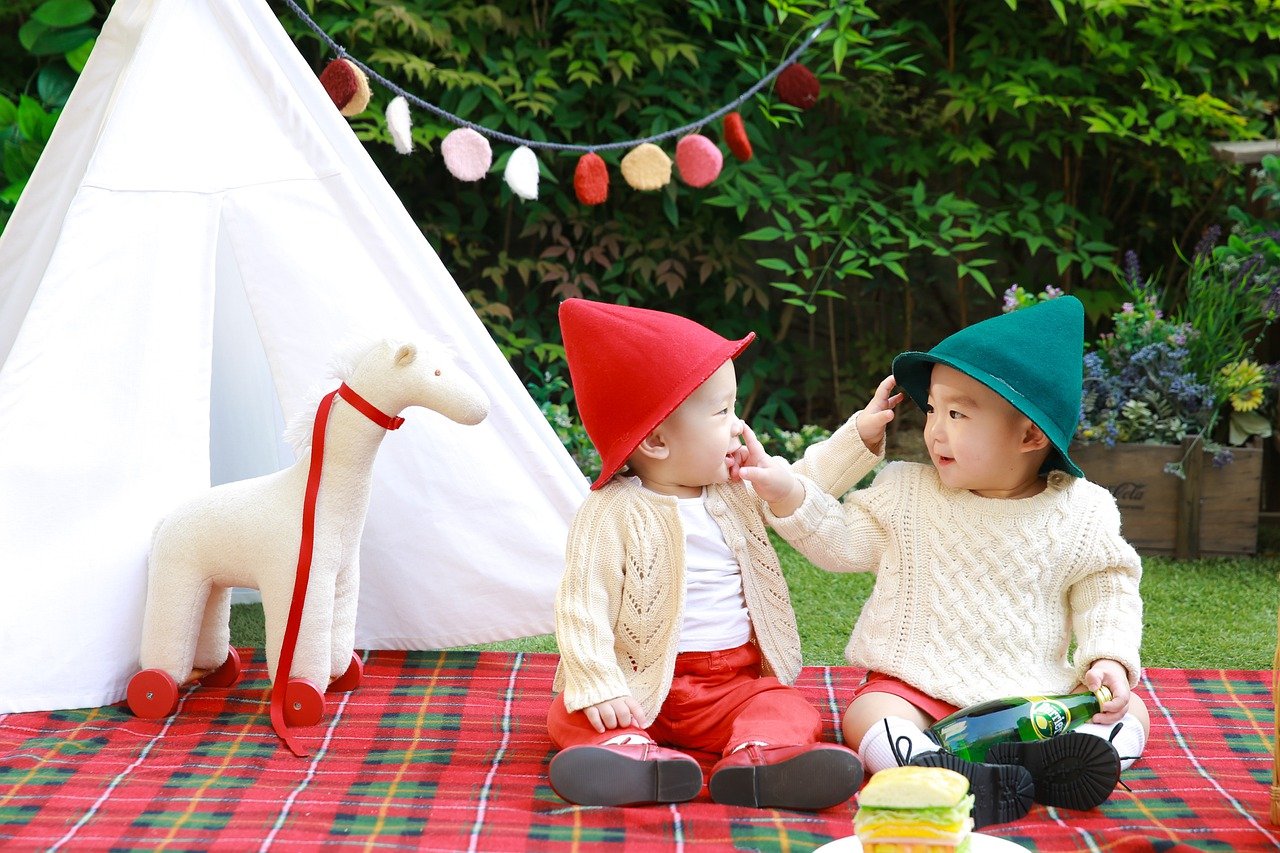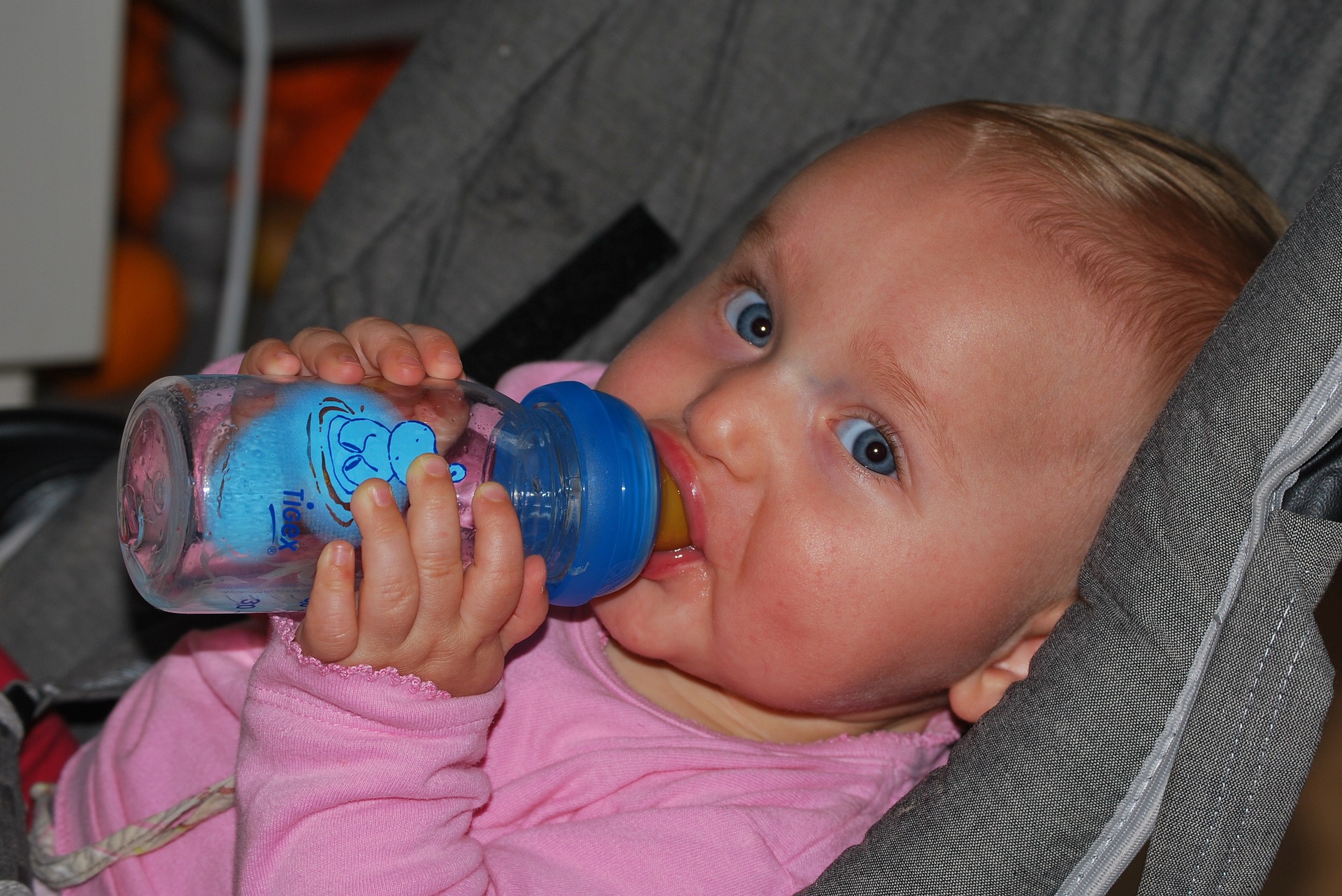In this article, we will teach you how to sterilize pacifiers and bottles using different methods. Follow these simple instructions, and your baby’s items will be bacteria-free in no time!
Pacifiers and bottles are two important choices for parents of young babies. Many parents choose to give their babies these, and there are many reasons why these items can be beneficial. Pacifiers can help to soothe a crying baby, and they can also be used as a tool for newborns to learn how to latch on and suck. A bottle is a container that is used to store milk, formula, or water. Sterilizing your baby’s pacifiers and bottles is an important step in keeping them safe and healthy.
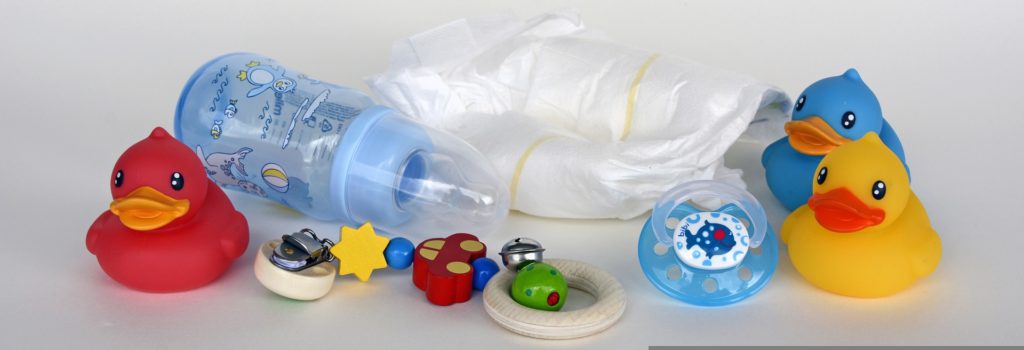
What Are Ways On How To Sterilize Pacifiers And Bottles?
There are plenty of ways to clean and sterilize pacifiers and bottles. You can use any one of the following methods: boiling, dishwashing, microwave, and iodine fumigation.
Boiling
Boiling is an age-old method of sterilization that is still used today to clean baby bottles, pacifiers, and other materials. The process is simple: just heat water to a rolling boil and then let the items soak for at least five minutes.
Boiling water kills 99.9% of all bacteria, viruses, and fungi, making it an effective way to sterilize baby bottles and other materials. One advantage of boiling is that it can be done quickly and easily, without the need for any special equipment. Another advantage is that it is affordable and widely available.
However, boiling also has some disadvantages. For example, it can be time-consuming, and it may not be effective against certain types of bacteria. Nonetheless, boiling remains a popular choice for many parents looking to sterilize their baby’s bottles and pacifiers.
Dishwashing
This is another popular method, especially if you have a dishwasher at home. Just put the pacifier or bottle in with the rest of the dirty dishes and let the machine do its job. Some parents prefer this method because they feel that it cleans the items more thoroughly than boiling them alone.
Microwaving
Microwaving is a quick and easy way to kill bacteria, and it does not require any special equipment. Simply place the bottles or pacifiers in a microwave-safe container and heat for two minutes on high power. Parents should be sure to use caution when removing the sterilized items from the microwave, as they will be hot.
Some parents choose to microwave a small amount of water along with the bottles or pacifiers, as this can help to reduce the risk of burns. While microwaving is an effective way to sterilize a baby’s feeding items, it is important to follow directions carefully to avoid accidents.
Iodine Fumigation
Iodine fumigation is a great way to sterilize baby bottles and pacifiers. Just mix some iodine with water and let the mixture evaporate in the air for about 30 minutes. The iodine molecules will kill any bacteria or viruses present in the room, leaving your baby’s bottles and pacifiers clean and free of germs. This method is much cheaper than buying special sterilizing solutions, and it’s just as effective.
What Are The Benefits Of Sterilizing Pacifiers And Bottles?
Parents often ask if they should sterilize their baby’s pacifier and bottles. While it may seem like an extra step in an already busy routine, there are several benefits to sterilizing these items. Here are some:
1. To Prevent The Spread Of Harmful Bacteria
Bacteria can cause serious infections in babies, so it’s important to keep pacifiers and bottles clean. Bacteria love warm, moist environments, so pacifiers and bottles are the perfect breeding ground for them. If a baby puts a contaminated pacifier or bottle in their mouth, they can easily become sick. The best way to prevent this is to clean pacifiers and bottles thoroughly after each use.
2. To Reduce The Risk Of Allergies
Allergies are a common occurrence in young children, and they can be triggered by a variety of things, including bacteria. When kids put their hands or pacifiers in their mouths, they are exposing themselves to bacteria that can cause an allergic reaction. Likewise, bottles and cups can also harbor bacteria that can cause allergies.
3. To Promote Healthy Teeth
It’s no secret that babies love to put everything in their mouths, including their hands, toys, and pacifiers. While this is perfectly normal behavior, it can also lead to an increased risk of tooth decay. That’s because babies’ mouths are full of bacteria, which can be transferred to pacifiers and bottles. If these items are not cleaned properly, the bacteria can then cause tooth decay.
4. To Avoid Illness
While some types of bacteria are necessary for our survival, others can cause a range of illnesses, from colds and flu to more serious diseases such as meningitis. The best way to protect your child from illness is to sterilize pacifiers and bottles before each use. Sterilization kills harmful bacteria and helps reduce the risk of illness.
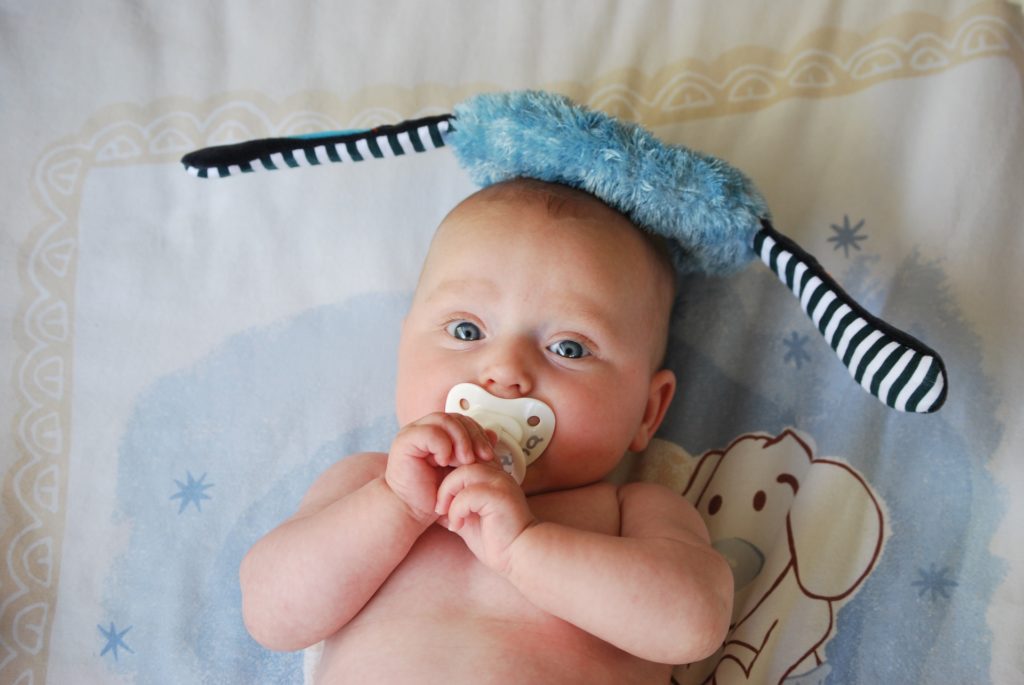
5. To Reduce The Risk Of SIDS
Sudden Infant Death Syndrome (SIDS) is the leading cause of death for infants between one month and one year old, and the cause is still largely unknown. Some experts believe that bacteria may play a role in SIDS, so it’s important to take precautions to sterilize pacifiers and bottles.
Bacteria can enter the baby’s system through the nose and mouth, and studies have shown that infants who died of SIDS had higher levels of bacteria in their noses than healthy babies. In addition, studies have also found that infants who use pacifiers are at a lower risk of SIDS, possibly because pacifiers help to reduce the number of bacteria in the mouth. Therefore, by taking simple steps to sterilize pacifiers and bottles, parents can help to reduce the risk of SIDS.
6. To Protect Against Chemical Cleaners
Commercial cleaning products can contain harmful chemicals that may be absorbed by babies through their skin or inhaled.
7. Because It’s Simply Good Practice
Following good hygiene practices is always important, but it’s especially crucial when caring for babies who have weak immune systems. Sterilizing pacifiers and bottles helps create a cleaner environment for your baby and reduces the overall risk of infection.
Final Thoughts
To the best of our abilities, we wish to keep our babies safe and sound at all times. Because of this, proper care must be taken when sanitizing pacifiers and bottles. There are a few different ways that you can sterilize these items, but the most important thing is to make sure that you do it regularly. Whichever method you choose, make sure that you follow the instructions carefully to ensure that your baby’s bottles and pacifiers are safe and bacteria-free.

